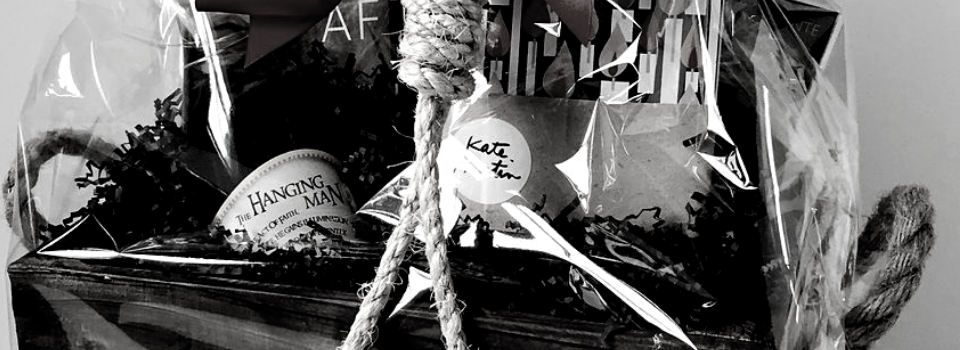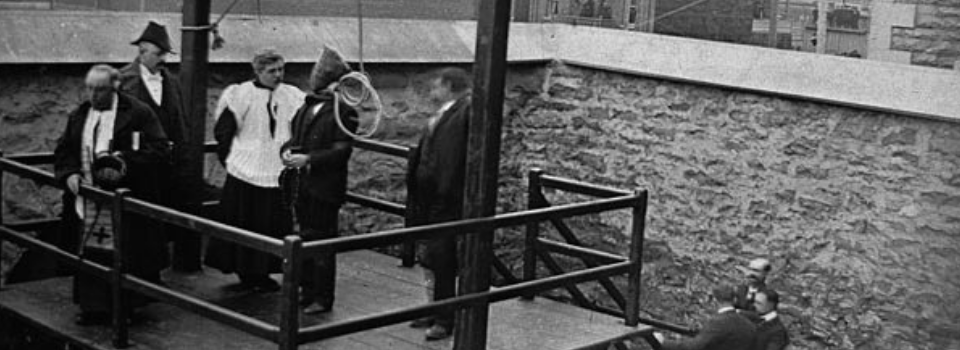THE BOLD AND THE BRAVE: INVESTIGATIVE JOURNALISTS IN THE TWENTIETH CENTURY

In his book Behind the Headlines: A History of Investigative Journalism in Canada, Cecil Rosner characterizes investigative journalists as fierce and dedicated reformers whose mission is to expose wrongdoing.
“They are often obsessed with information, data, documents, and proof.” They will delve into a story for months or even years, risking personal and professional danger to discover the truth and hold wrongdoers to account.
According to Rosner, modern investigative journalism in Canada had its beginnings in the second half of the twentieth century and accelerated in the 1970s. One of the issues tackled by gutsy Canadian journalists during that period was the possibility of wrongful conviction in the criminal justice system. In a series of articles called “MURDER?” published in the Globe and Mail in 1963, Betty Lee put together a withering exposé of the case of Arthur Lucas, hanged in Toronto’s Don Jail in 1962 for the murder of an FBI informant. In 1966, writer and activist Isabel LeBourdais came out swinging in support of Steven Truscott, sentenced to death as a fourteen-year-old for the rape and murder of classmate Lynne Harper.
But both in Canada and on the world stage, few could match the journalistic exploits of Harold Evans, the charismatic and courageous editor of the British Sunday Times between 1967 and 1981. Earlier, when he was still editor of the Northern Echo in Darlington, he, too, targeted the perils of the death penalty. He conducted a campaign to secure a posthumous pardon for Timothy Evans, hanged in 1950 for the murder of his wife and daughter. These murders were subsequently shown to have been committed by serial killer John Reginald Halliday Christie.
By far the most poignant endeavour undertaken by Evans and his team of reporters at the Sunday Times was the crusade against the manufacturers of the drug thalidomide, sold in the 1950s and 60s as a treatment for nausea and morning sickness in pregnant women. Chemie Grünenthal first marketed the drug in Germany, claiming that it was totally safe and non-toxic. This was tragically false: thalidomide has disastrous effects on the developing foetus if administered in the first three months of pregnancy. Worldwide, one estimate puts the number of babies born with thalidomide-induced malformations at more than 24,000. In Canada alone, more than 100 babies were severely affected.
Evans’s ground-breaking battle to obtain compensation for thalidomide babies in Britain and establish the liability of the British suppliers of the drug, Distillers Biochemicals, is presented in the 2016 documentary Attacking the Devil: Harold Evans and the Last Nazi War Crime.
“When we tried to expose the plight of the thalidomide children — some without arms or legs, some born just trunks — they’d been denied compensation for ten years. Why wasn’t there a huge national scandal about it? Why? Because we in the press weren’t allowed to comment on a case before the courts,” said Evans.
Evans changed all that. He sued Distillers in Britain and took the case right up to the European Court of Human Rights. Through this investigation, the determined and energetic editor succeeded not only in obtaining significant compensation for the children and their families but in having existing restrictions on reporting civil cases in Britain substantially reduced.
And the reference to Nazi war crimes in the movie title? The documentary reveals that thalidomide was developed in Nazi concentration camps as an antidote against nerve gas. It didn’t work. However, after being discovered by Chemie Grünenthal in 1953 thalidomide was aggressively marketed — without any significant testing protocols — as a wonder drug: a powerful sedative and an agent that would reduce the effects of morning sickness in pregnant women.
Grünenthal got off virtually scot free. A criminal case in Germany against nine employees in 1968 failed, and the company was granted immunity against further criminal charges. Families were not permitted to bring civil cases against Grünenthal. In what is regarded as a huge scandal, all that victims received were modest compensation packages offered by the company and the German government.












